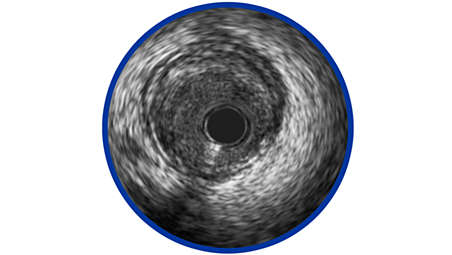Local anesthesia administered to medium-risk to high-risk surgical patients during transcatheter aortic valve replacement (TAVR) was found to be safe and effective, according to new research.
The authors, presenting the findings at TCT 2018 in San Diego, enrolled 477 patients with severe symptomatic aortic stenosis and intermediate to high surgical risk. Patients were randomized in a 2X2 factorial design to either general anesthesia or local anesthesia, as well to either the balloon-expandable Sapien 3 valve or the self-expanding CoreValve Evolut R devices. The primary study endpoint was all-cause mortality, stroke, moderate or severe prosthetic valve regurgitation, and permanent pacemaker implantation at 30 days. The primary efficacy endpoint for anesthesia was a composite of all-cause mortality, stroke, MI, infection requiring antibiotic treatment, and acute kidney injury at 30 days.
According to the results of the anesthesia comparison, the primary study endpoint occurred in 27.0% of patients in the local anesthesia group compared to 25.5% in the general anesthesia group (rate of difference: -1.52; 90% CI, -8.47 to 5.42; Pequivalence=0.02).
For the valve strategy, the study endpoint occurred in 27.2% of the Evolut R group compared to 26.1% in the Sapien 3 group (rate of difference: -1.14; 90% CI, -8.15 to 5.87; Pequivalence=0.02). The rate of relative valve regurgitation and permanent pacemaker rates were similar between study groups, and the balloon-expandable group had a stroke rate.
“The SOLVE-TAVI trial is the first adequately powered randomized trial comparing local versus general anesthesia in patients with symptomatic aortic valve stenosis undergoing TAVR,” said Holger Thiele, MD, Director of the Heart Center Leipzig -University Hospital in Leipzig, Germany, said in a press release. “Results indicate that local anesthesia is both safe and effective and may be a good option for those patients undergoing TAVR with an intermediate or high surgical risk.”






 © 2025 Mashup Media, LLC, a Formedics Property. All Rights Reserved.
© 2025 Mashup Media, LLC, a Formedics Property. All Rights Reserved.